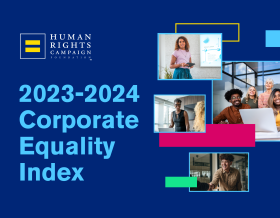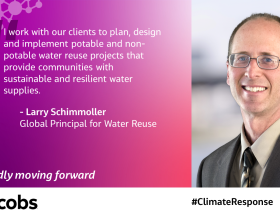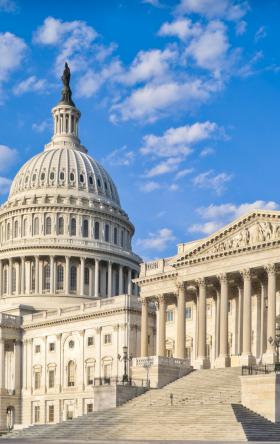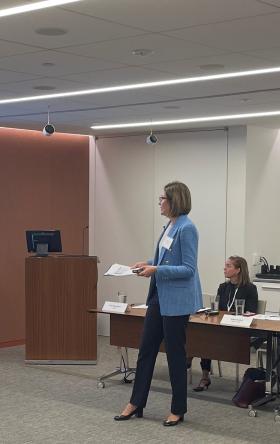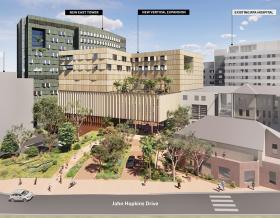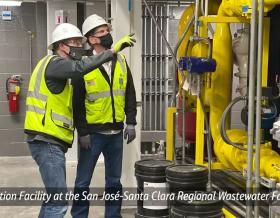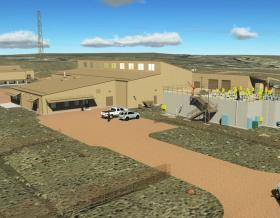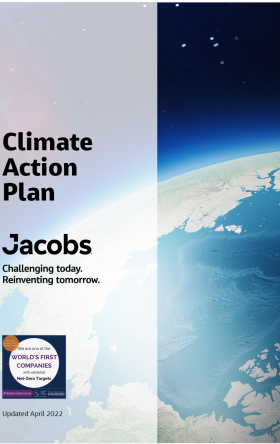Developing Metrics for Water Customer Affordability
By Mike Matichich

Affordability of service for low income and other disadvantaged customers remains a critical issue in the water industry. The U.S. Environmental Protection Agency estimates that as many as 19.2 million households throughout the U.S. lack access to affordable water services. At the same time, water utilities must balance the difficult decision to raise customer rates with the need to maintain and upgrade water infrastructure that protects public health and the environment.
In a recent article in Journal AWWA, I collaborated with several colleagues from the American Water Works Association (AWWA) Rates & Charges Committee's Affordability Subcommittee to identify how utilities can use their operating data to better understand affordability challenges.
Many utilities already collect operating data they can use for this purpose. For example, work order systems often track shutoffs for delinquent payments, but that information may not be regularly reviewed—sometimes only as part of their annual report. Likewise, customer service and billing systems contain valuable data, such as the number of delinquent accounts and new applicants for bill discounts or other affordability programs, that may not be routinely summarized for planning purposes.
Routinely, organizing this information into metrics—monthly or quarterly—and reporting results to utility leadership and other stakeholders can provide early insights into shifting economic conditions in the utility’s service area. This data can help plan for future needs or refine affordability programs. For example, an increase in delinquent accounts might indicate a need for expanded outreach about assistance programs. Similarly, a rise in the number of customers enrolling in bill discount programs could signal the need to increase funding in future budget cycles. The article discusses several key metrics in more detail, illustrating how they can track affordability trends over time.
While detailed affordability studies—such as detailed demographic profiles and financial capability assessments—can require significant time and resources, utilities often already have access to a wealth of data in existing databases. Mining and leveraging this information strategically can help understand and address affordability challenges more effectively. As water utilities work to develop and improve essential services for their communities, supporting financial assistance programs will be increasingly important.
About the author

Mike Matichich leads Jacobs economic and financial services consulting team. He has more than 30 years of experience in helping water, wastewater and stormwater utilities develop and implement successful funding and financing plans for their capital programs. He also routinely supports clients in addressing affordability issues through rate setting and strategic financial planning.
























